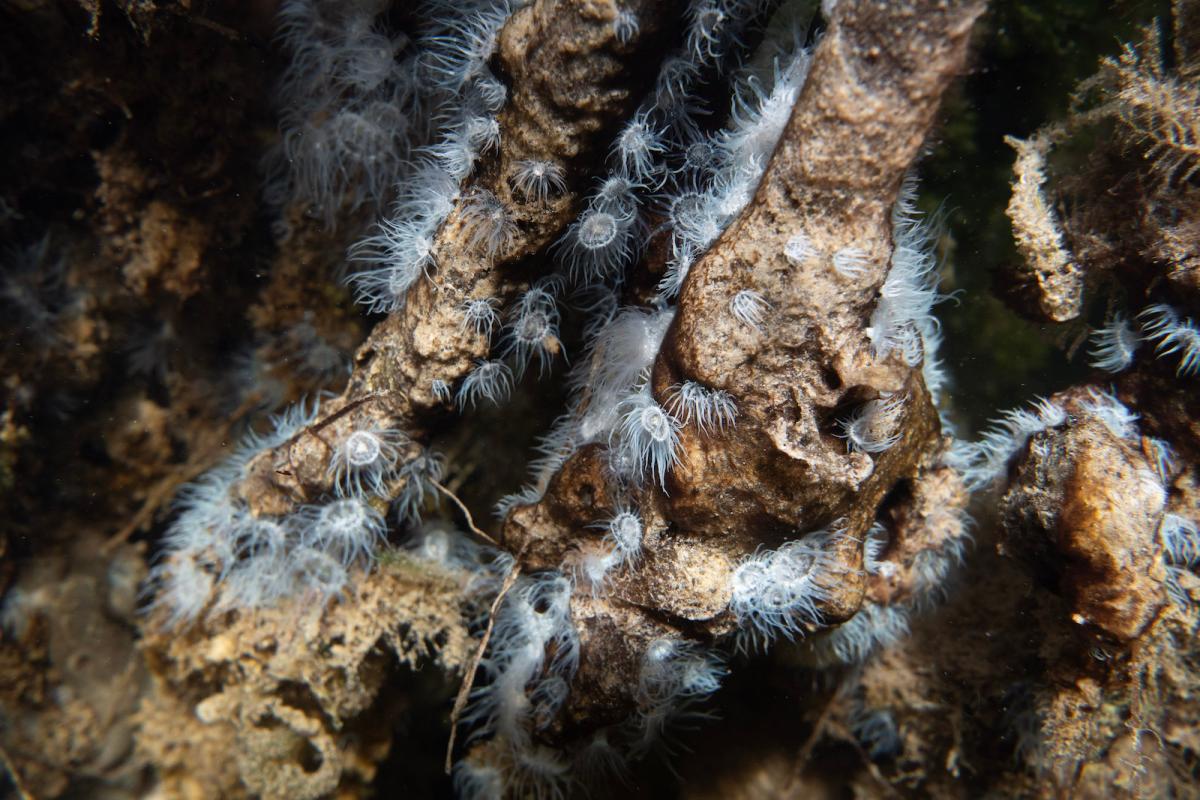This story is part of Record High, a Grist series examining extreme heat and its impact on how — and where — we live.
Summer afternoons on Florida Bay are a wonder. The sky, bright blue and dotted with clouds, meets the glassy water in a blur of blue that melts away any sign of the horizon. Wading birds rustle in the verdant branches of mangroves. Beneath the surface, fish and other creatures dart among tangled mangrove roots adorned with colorful sponges and corals. Out in the shallow flats, redfish forage for crabs, snails, and shrimp hidden in fields of seagrass as manatees graze and bottlenose dolphins hunt.
But this vast estuary, which by some estimates stretches at least 800 square miles — roughly the size of Tokyo — and comprises about one-third of Everglades National Park has looked very different lately. In the mangroves, anemones and jellyfish, stressed by unprecedented water temperatures, appear ghostly white. Suffocated fish and soupy patches of dead seagrass litter the sandy flats. Sponges and coral languish beneath thick sheat... Read more
